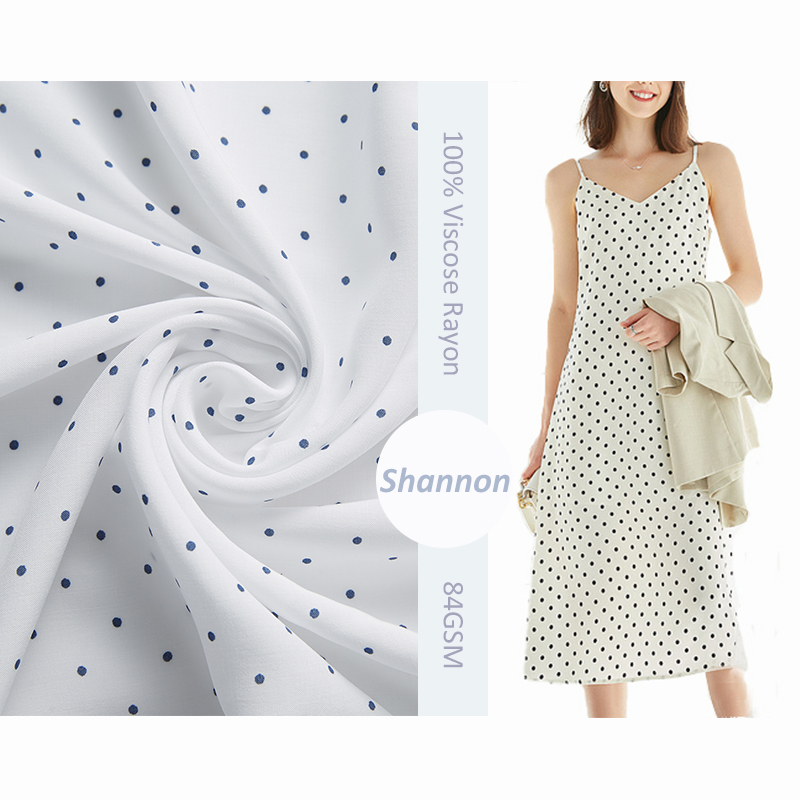The choice of ingredients, specifically the materials used, in shapes print fabric significantly influences both the feel and durability of the fabric. Different fabric compositions can result in varied textures, comfort levels, and long-term resilience. Here's how the choice of ingredients impacts the fabric:
Natural Fibers (Cotton, Linen, Silk):
Feel: Fabrics made from natural fibers have a soft and comfortable feel. Cotton is known for its breathability, linen for its textured appearance, and silk for its smooth and luxurious touch.
Durability: Natural fibers can offer good durability, but they may be prone to wrinkles and fading over time, depending on the specific fiber.
Synthetic Fibers (Polyester, Nylon):
Feel: Synthetic fabrics often have a smooth and silky feel. Polyester can mimic the feel of natural fibers, while nylon is known for its strength and resilience.
Durability: Synthetic fibers are generally more durable and resistant to wrinkles and fading. They are often chosen for their long-lasting properties.
Blended Fabrics (Poly-Cotton, Rayon Blend):
Feel: Blended fabrics aim to combine the positive attributes of different fibers. Poly-cotton blends, for example, may offer a balance between the softness of cotton and the durability of polyester.
Durability: Blended fabrics can provide enhanced durability compared to pure natural fibers while maintaining a comfortable feel.
Specialty Fabrics (Modal, Tencel):
Feel: Specialty fabrics like modal and Tencel are known for their silky and smooth feel. They often have a luxurious touch and drape well.
Durability: While not as common as some other fabrics, specialty fabrics can offer good durability, especially when blended with other fibers.
Weave and Construction:
Feel: The way the fabric is woven and constructed also affects the feel. Tight weaves may result in a smoother feel, while looser weaves can add texture.
Durability: The weave pattern and construction impact the fabric's strength. Tightly woven fabrics tend to be more durable and less prone to snagging.
Finishes and Treatments:
Feel: Finishes and treatments applied to the fabric, such as softeners or coatings, can influence the feel. Softeners enhance the fabric's softness.
Durability: Certain treatments can improve durability, water resistance, or stain resistance, depending on the intended use of the fabric.
Print Application:
Feel: The method used for printing shapes onto the fabric can influence the feel. Digital printing may result in a softer print compared to screen printing.
Durability: The type of printing can impact the longevity of the print. High-quality printing methods contribute to durable and fade-resistant shapes.
Environmental Considerations:
Feel: Eco-friendly fabrics, such as organic cotton or recycled materials, may have a softer and more natural feel.
Durability: Sustainability features can align with durability, as environmentally conscious practices may contribute to a higher-quality fabric.
Durability: Understanding customer preferences helps in offering fabrics that meet their specific needs and expectations.


 English
English 中文简体
中文简体














